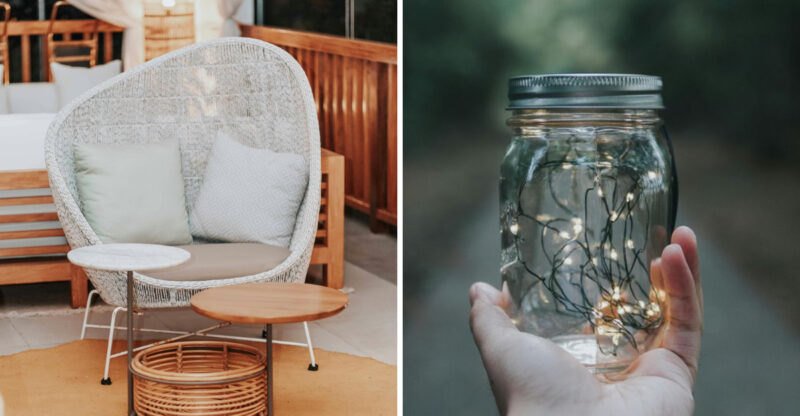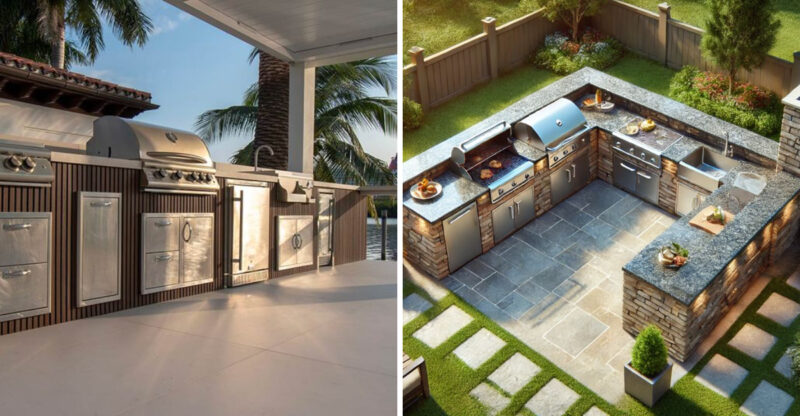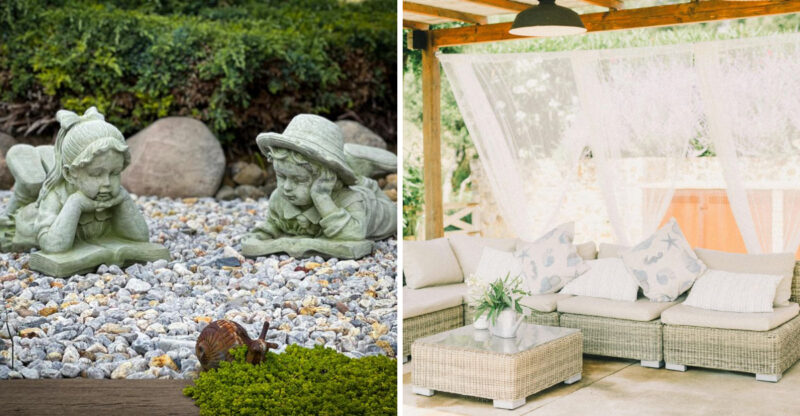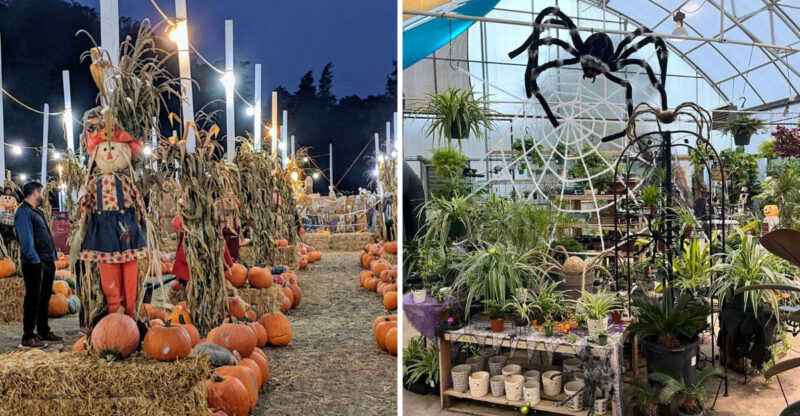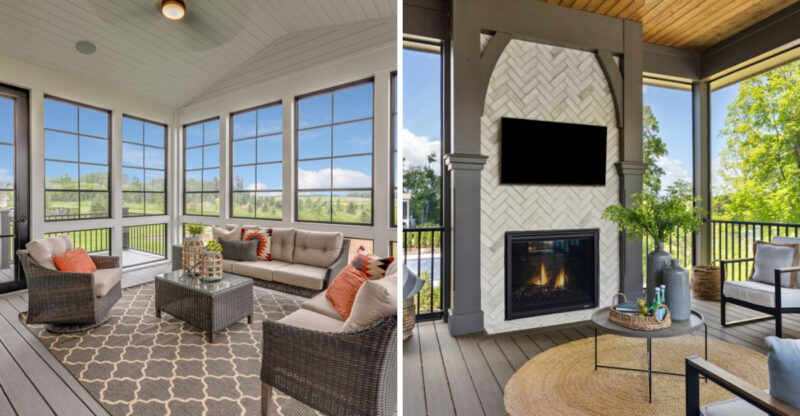5 Design Approaches For Florida Exteriors That Should Be Rethought And 3 That May Be Even Less Suitable
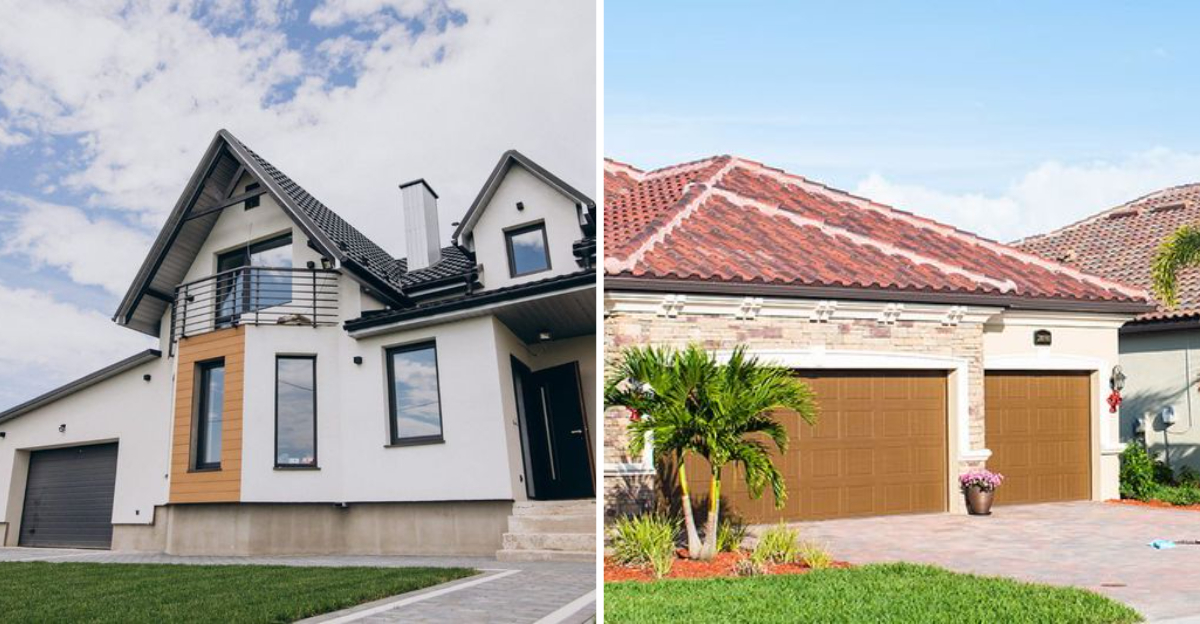
Florida homes face unique challenges from scorching sun to hurricane-force winds and high humidity.
The exterior design choices we make can either help our homes withstand these elements or create expensive headaches down the road.
Let’s look at some common Florida exterior design approaches that might need rethinking, and a few that probably shouldn’t be used at all.
1. Stucco Overload
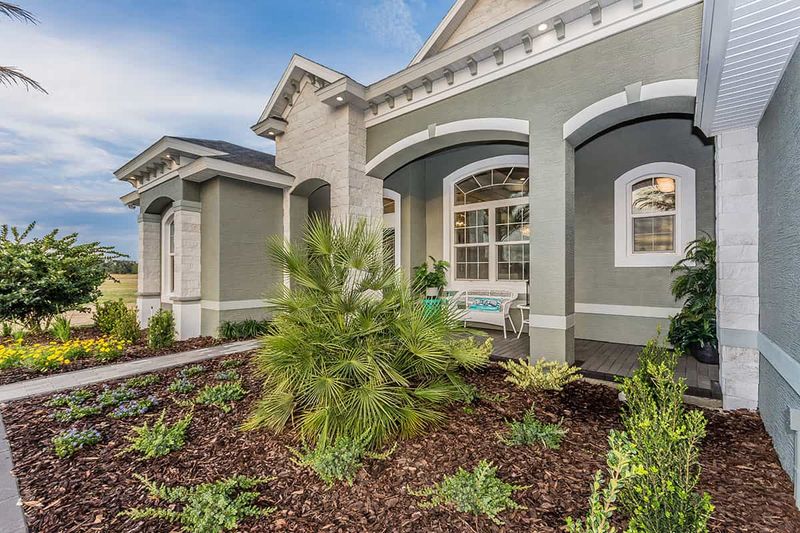
Many Florida neighborhoods feature homes completely covered in stucco, creating that classic sunshine state look. While stucco can be beautiful, using it everywhere creates maintenance nightmares in our humid climate.
Water intrusion is the biggest concern with excessive stucco. Tiny cracks develop over time, allowing moisture to seep behind the surface and potentially cause mold or rot in the structure beneath. This is especially problematic during our frequent heavy rainstorms.
Consider mixing materials instead perhaps stucco on upper portions with more water-resistant options like fiber cement or brick at ground level. This creates visual interest while providing better protection against moisture problems that plague so many Florida homes.
2. Bright Neon Paint
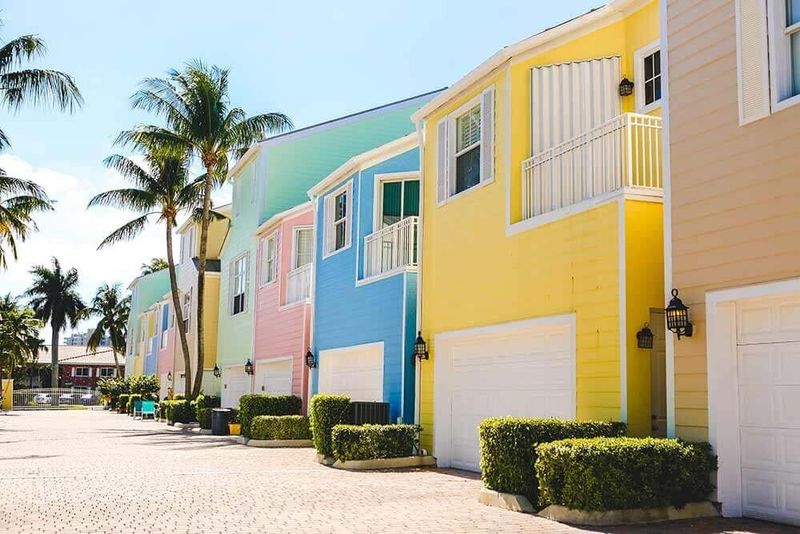
Vibrant colors might seem perfect for capturing Florida’s fun, tropical vibe, but those eye-popping neon pinks, electric blues, and lime greens quickly become eyesores. These ultra-bright colors fade dramatically in our intense sunlight, looking washed-out and tired within just a few years.
Harsh neon colors also absorb more heat, potentially increasing your cooling costs during our already sweltering summers. The constant sun exposure means you’ll need to repaint much more frequently than with more subdued colors.
If you love color, opt instead for rich but slightly muted coastal tones soft corals, gentle seafoam greens, or warm sandy beiges. These options still provide personality while aging more gracefully under Florida’s relentless sunshine.
3. Oversized Driveway Gates
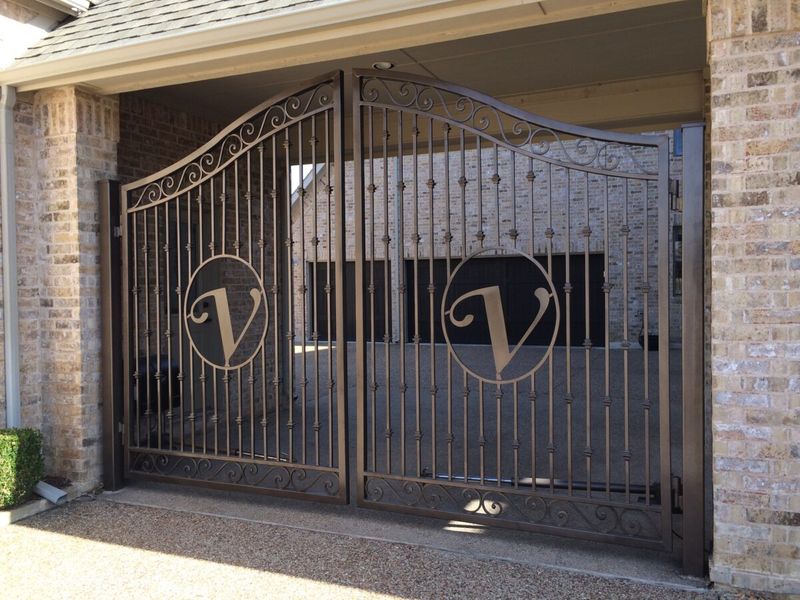
Massive ornate gates might make you feel like you’re entering a private estate, but they often create more problems than benefits in Florida. During hurricane evacuations, power outages can leave electric gates inoperable, potentially trapping vehicles when you most need to leave quickly.
These large metal structures also take a beating from salt air and humidity. The mechanisms rust, tracks get clogged with debris, and motors burn out from our intense heat. Maintenance costs add up quickly.
If security is your concern, consider less imposing alternatives like a modest gate combined with strategic landscaping. Native plants can create privacy while being hurricane-resistant and requiring less water a much more practical Florida-friendly approach.
4. Excessive Tropical Landscaping
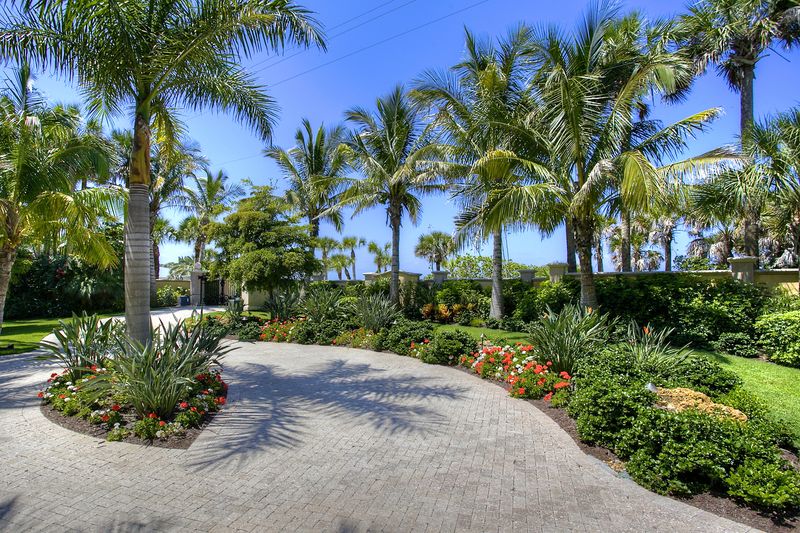
Palm trees and exotic plants create that resort feeling, but going overboard with tropical landscaping creates hidden headaches. Non-native species often require excessive watering, contradicting Florida’s increasing focus on water conservation during our frequent drought periods.
Densely packed palms and large-leafed plants can become dangerous projectiles during hurricanes. I’ve seen entire neighborhoods littered with uprooted exotic plants after storms. Many tropical species also drop fronds, seeds, and fruits constantly, creating slipping hazards and attracting pests.
A better approach combines select tropical specimens with native Florida plants like coontie, firebush, and sea grape. These natives evolved to handle our climate extremes while providing beautiful texture and color with minimal maintenance and water requirements.
5. Heavy Mediterranean Styling
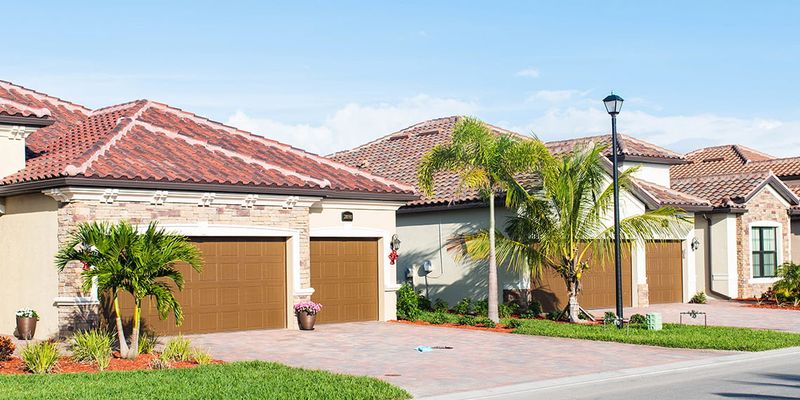
Those red clay tile roofs and ornate details of Mediterranean-style homes became Florida staples during the 1920s building boom. Though undeniably beautiful, these features aren’t always practical in our hurricane-prone environment.
Clay tiles become dangerous projectiles in high winds, and the numerous decorative elements provide more opportunities for water intrusion. The dark, heavy materials also retain heat, working against you during our scorching summers and increasing energy bills.
If you love Mediterranean aesthetics, consider modern adaptations using hurricane-resistant materials. Impact-resistant synthetic tiles that mimic clay, simplified architectural details, and lighter colors can capture the Mediterranean feeling while performing better in Florida’s challenging climate.
6. Faux Stone Veneer (Even Less Suitable)
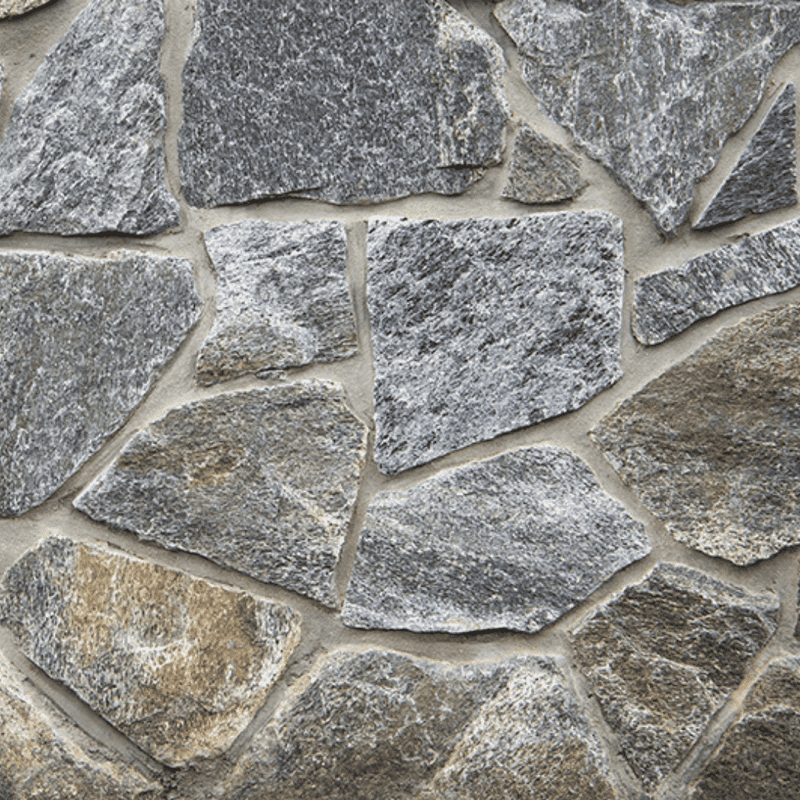
Fake stone might look convincing at first glance, but Florida’s harsh elements quickly reveal its weaknesses. Our high humidity causes many synthetic stone products to separate from walls, creating gaps where water can penetrate and cause serious structural damage.
The intense UV exposure degrades the coloring in these products faster than manufacturers predict, leaving your home looking artificially aged and worn. When hurricanes hit, these veneers often become the first elements to tear away from the house.
If you want the stone look, consider natural Florida coquina or coral stone which have historically performed well in our climate. Alternatively, modern fiber cement panels with subtle texturing provide durability while avoiding the fake appearance that becomes increasingly obvious as synthetic stone ages poorly.
7. Mirrored Window Tint (Even Less Suitable)
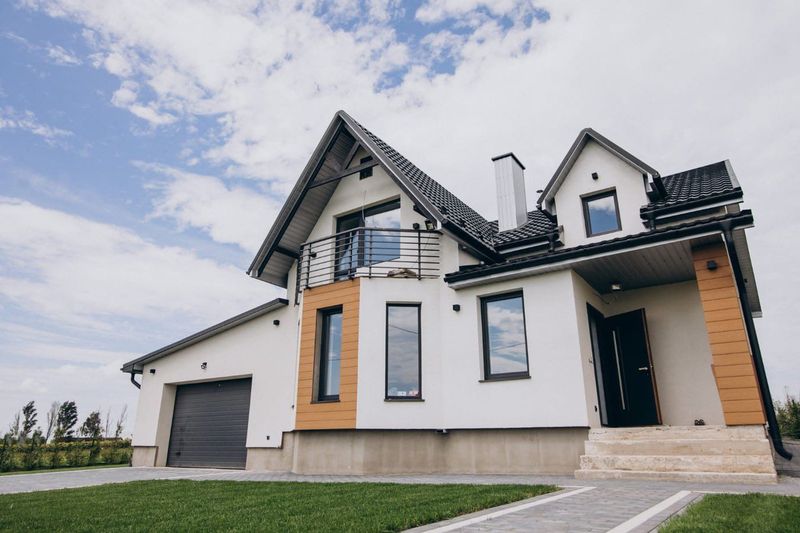
Highly reflective window films might seem perfect for deflecting Florida’s intense sunlight, but they create serious problems. These mirror-like surfaces concentrate sunlight like magnifying glasses, potentially scorching nearby plants and even melting vinyl siding on neighboring homes!
Many homeowners’ associations now ban these films due to the glare issues they create for neighbors. The extreme heat buildup can also cause thermal stress that leads to seal failure and cracked windows, especially in hurricane-impact glass with multiple layers.
Instead, choose ceramic window films that block heat and UV rays without the mirror effect. These modern options protect your interior from fading while reducing energy costs, and they don’t create the neighborhood nuisance of blinding reflections as the sun moves across our brilliant Florida sky.
8. Plastic Shutters (Even Less Suitable)

Decorative plastic shutters might add a pop of color, but they’re completely useless during our frequent storms. These purely ornamental features usually aren’t sized correctly to cover windows and couldn’t be closed even if you wanted to they’re often screwed directly to the wall!
Florida’s relentless sun quickly fades and deteriorates plastic shutters, leaving them brittle, cracked, and discolored within just a few years. During hurricanes, they often tear away from homes and become dangerous projectiles.
If you want the look of shutters, invest in functional hurricane shutters instead. Modern options include attractive Bahama-style shutters that provide shade daily while offering real protection when storms approach. They cost more initially but provide actual value rather than just decoration that quickly becomes weather-damaged eyesores.

